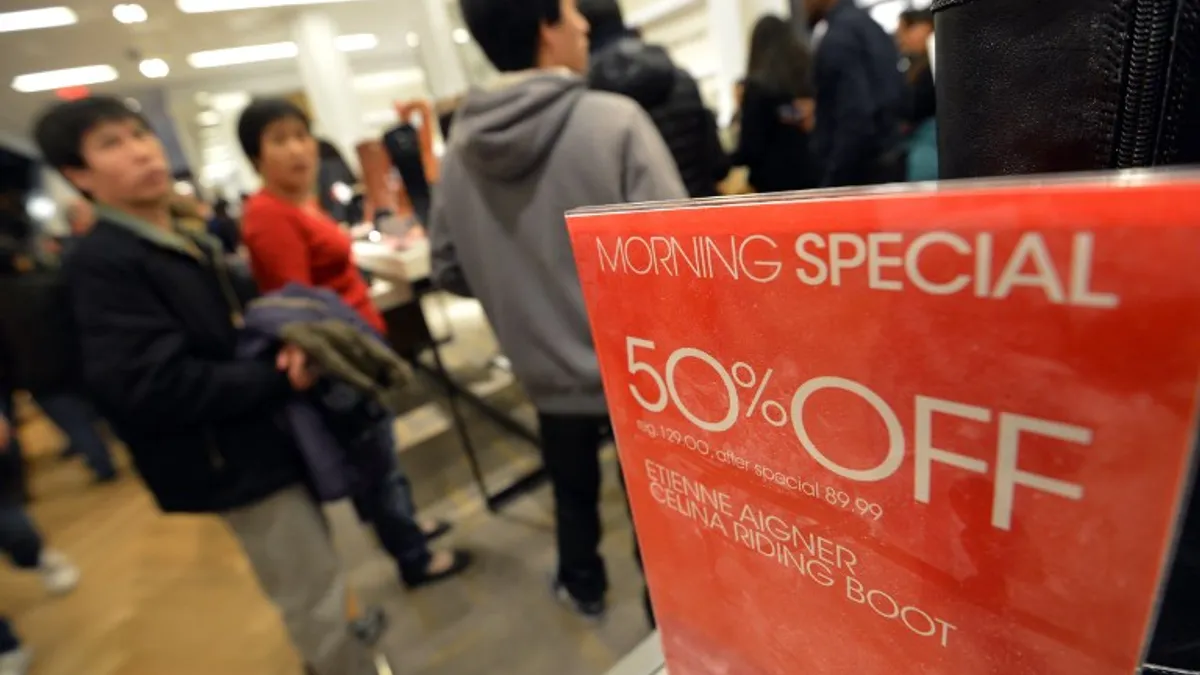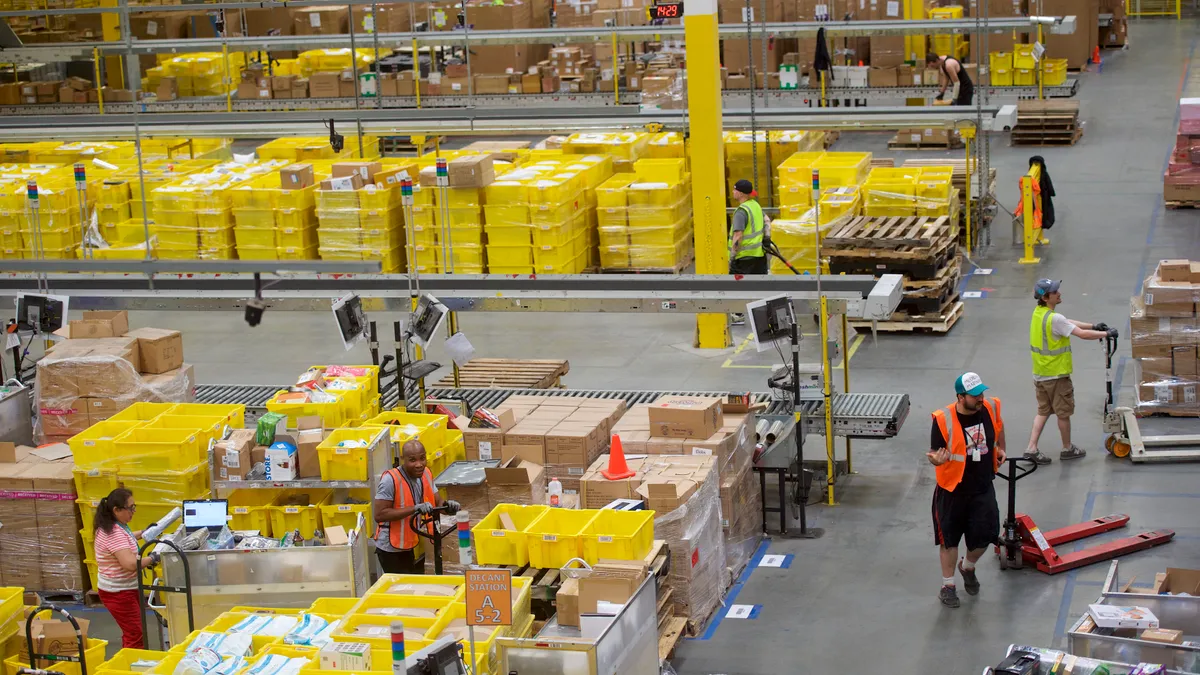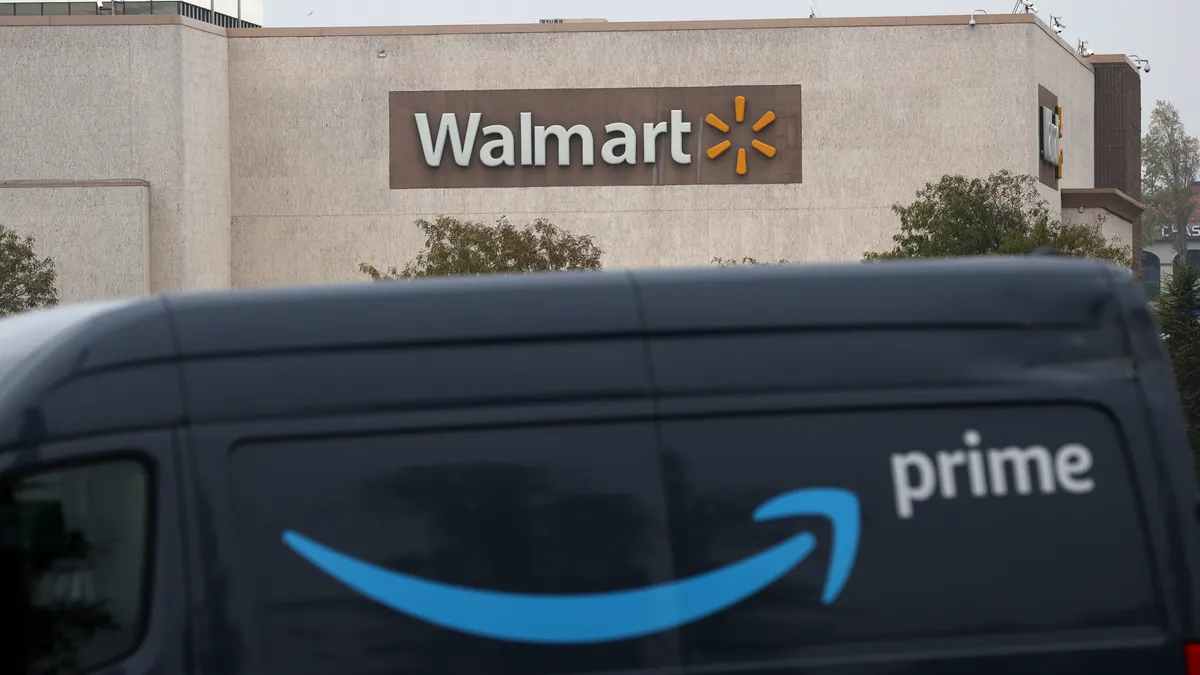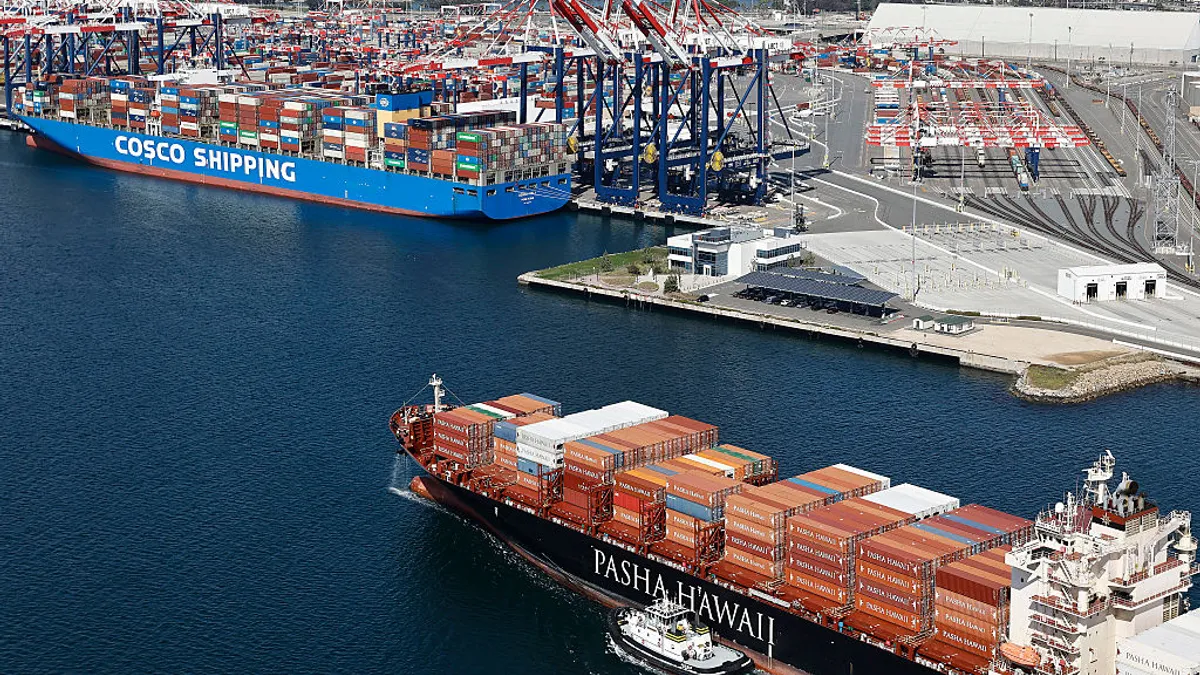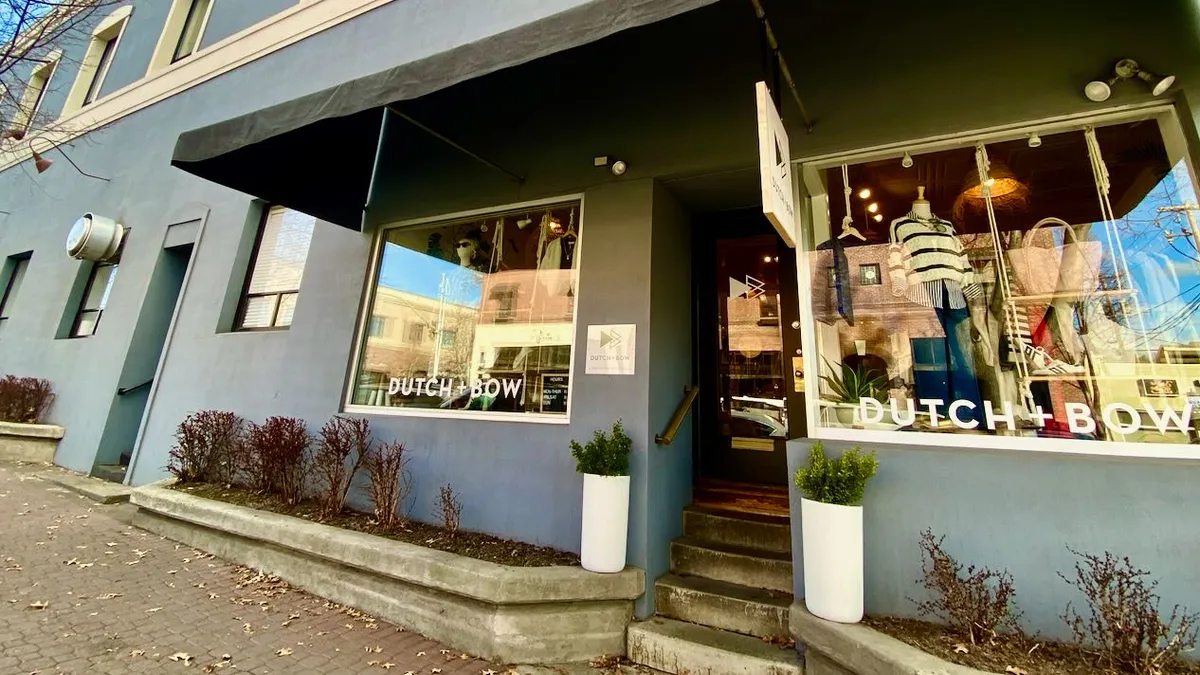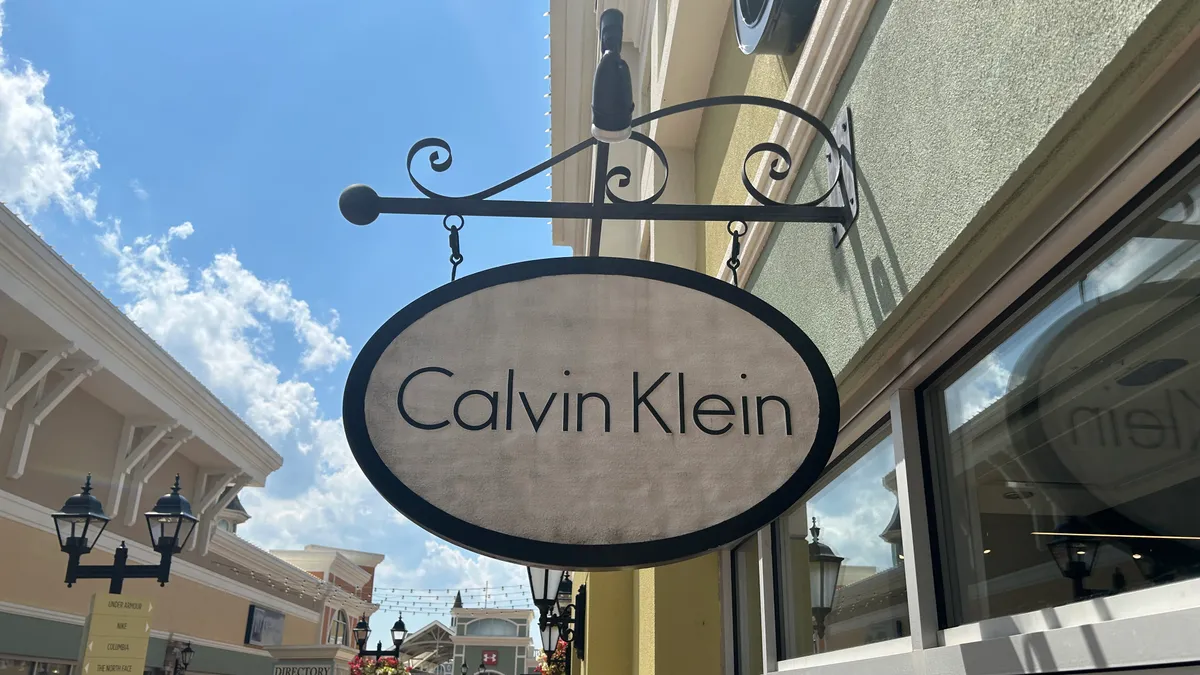Now controlling nearly half of all e-commerce in the U.S., Amazon is influencing the retail industry in profound ways. With competition on the rise, fading lines between digital and physical retail, and more transparent pricing, many retailers are following the lead of the e-commerce giant by changing prices more frequently.
Both online and brick-and-mortar retailers are now using regular price changes to balance competitiveness with profit margins. While this may enable them to survive, the growing pace of price changes indicates they’re also more likely to pass on costs to consumers at a faster pace than they were in the past.
An increased frequency of price changes
Economists have long questioned whether the competition between online and traditional retailers is reducing retail markups and putting downward pressure on prices. But an even bigger issue may be how online pricing competition affects pricing behaviors and price dispersion across locations.
The high degree of price flexibility and the prevalence of uniform pricing across locations could make prices more sensitive to nationwide shocks, said Alberto Cavallo, an associate professor of business administration at Harvard Business School. Cavallo prepared a research paper for the 2018 Jackson Hole Economic Policy Symposium in August 2018, and said the pace of price changes has been increasing since 2008.
Cavallo’s research noted the average duration for regular price changes fell from 6.7 months in the period of 2008 to 2010 to only 3.7 months in the period from 2014 to 2017.
Retailers are changing prices more frequently because new technologies enable them to fine tune their pricing decisions through algorithm or dynamic pricing, Cavallo said. Factoring in the volume, assortment and relatively low margins of many online retailers, small price changes can have a large cumulative impact on the balance sheet.
Cavallo noted goods categories that are in greater competition with Amazon (such as household goods and electronics) are more likely to change their prices more frequently, validating the theory that rapid price changes are partly driven by online competition. Amazon is now on track to capture nearly half of the U.S. e-commerce market and roughly 5% of all retail sales by the end of 2018, according to a study by eMarketer.
More price changes lead consumers to notice shifts
Cavallo’s research indicates while the high frequency and uniformity of prices may help retailers compete, it’s also making those prices more sensitive to cost shocks. These "national types of shocks" can include gas prices, nominal exchange rates and tariffs.
While retailers have often relied on price changes to manage such shocks, they’ve typically done so reluctantly and in intervals. As they are now changing their prices more often, it means consumers are seeing the effects of inflation much faster.
"They will react faster to shock, but the fact that they also have these uniform or national pricing policies as well means that they’re not going to pay attention to local shocks in a particular city or in a particular area," Cavallo told Supply Chain Dive.
While Cavallo doesn't have insight into margins, he suspects they could be thin and a reason why retailers are able to absorb less shock nowadays. “There’s no way of inferring what the markup behavior is, just by looking at the price. We will need to know what happens to the costs and what type of shocks they’re getting for us to say anything about that,” Cavallo said.
Yet retail margins have been declining for the past two decades. Net profit margin across the retail sector averaged 3.2% for the top 250 retailers in 2016, according to Deloitte.
Retailers are changing prices more frequently because new technologies enable them to fine tune their pricing decisions through algorithm or dynamic pricing.

Alberto Cavallo
Associate Professor, Business Administration, Harvard Business School
Within the retail sector, profit margins can vary widely, depending on the category and are notably lower in e-commerce. While Home Depot earned an 8.4% net profit margin in 2016, Amazon netted 1.7%.
This trend of increasing price changes comes at a time when retailers are contending with rising costs in everything from real estate to labor.
Amazon’s move to raise its minimum wage to $15 per hour could also send ripple effects across the industry and inspire other retailers to do the same, said analysts at Deutsche Bank, according to the New York Times. They estimated each dollar increase in hourly pay could reduce per-share profit by 3% to 8%.
"The implications for the retail industry could be significant, especially given the low unemployment rates as we head into the labor-intensive holiday season, and could force other retailers to potentially pay higher wages," the analysts said.
Retailers now have the technology to better engage in regional price discrimination to offset some higher regional costs but they’re doing it less as e-commerce competes on price across the country. The transparency of the web also influences brick-and-mortar retailers to avoid price discrimination and keep prices consistent across locations.
"The customers may be okay with them changing the prices very frequently over time, but no one likes to know, or they consider it unfair, when the exact same good is being sold to someone else at a different price and that is limiting their ability to do it," Cavallo said.
This story was first published in our weekly newsletter, Supply Chain Dive: Operations. Sign up here.


